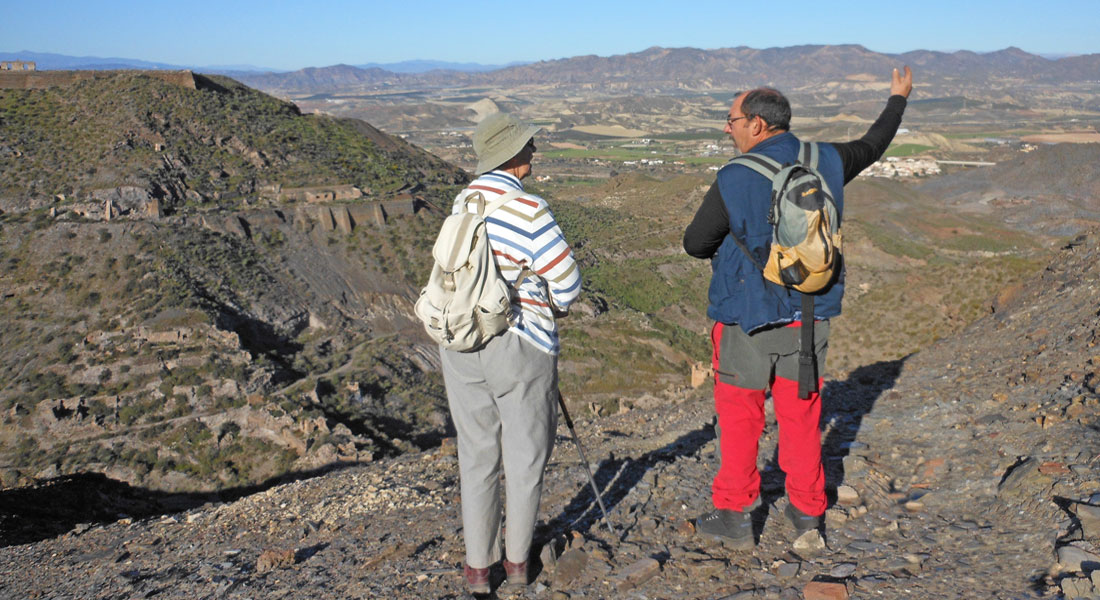
A brief mining history of Sierra Almagrera
Split over five volumes of research, discussions and journeys THEN, THERE WERE MINES, explores the mining history of Spain's Sierra Almagrera and Las Herrerías. Journey "back in time" and learn how lumps of rock were extracted and of the alchemy that transformed them into lead, silver and iron.
Read about the fortunes that were made and lost and how both mines and miners were exploited. Explore the ruins of the mines in the mountains and of the foundries along the coast. Journey on Luis Siret's railway and travel the inclined planes and aero-cables of the Men from Bilbao. Follow in the footsteps of those men who left home and family to live, work and endure great hardship in this small, but mighty, mountain range.
I hope whoever reads these books find them interesting and informative. The books are downloadable PDF's and no charge or profit is made from them. This is my experience of finding something very beautiful which hopefully will help people understand the mining experience in that part of Spain.




